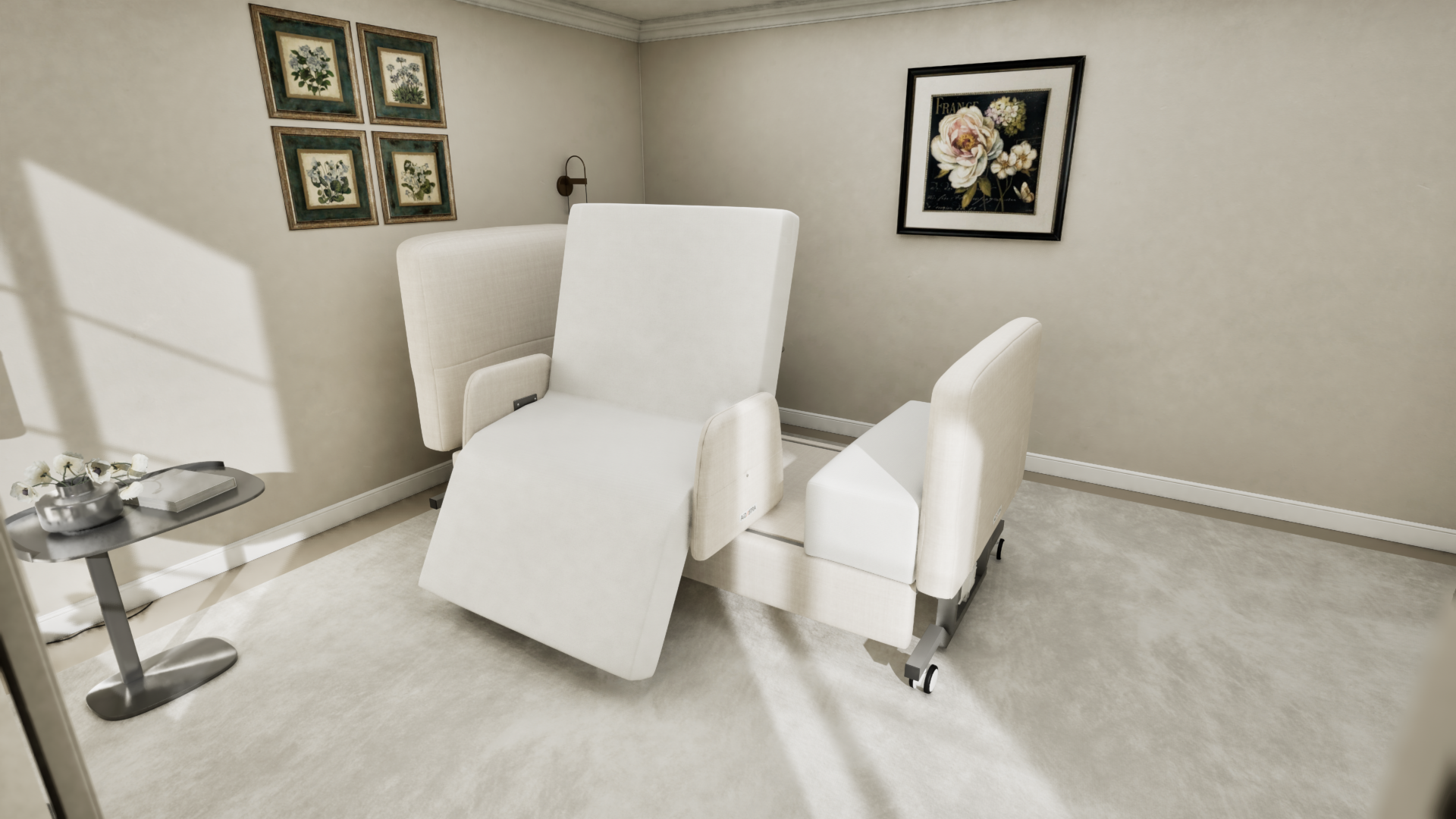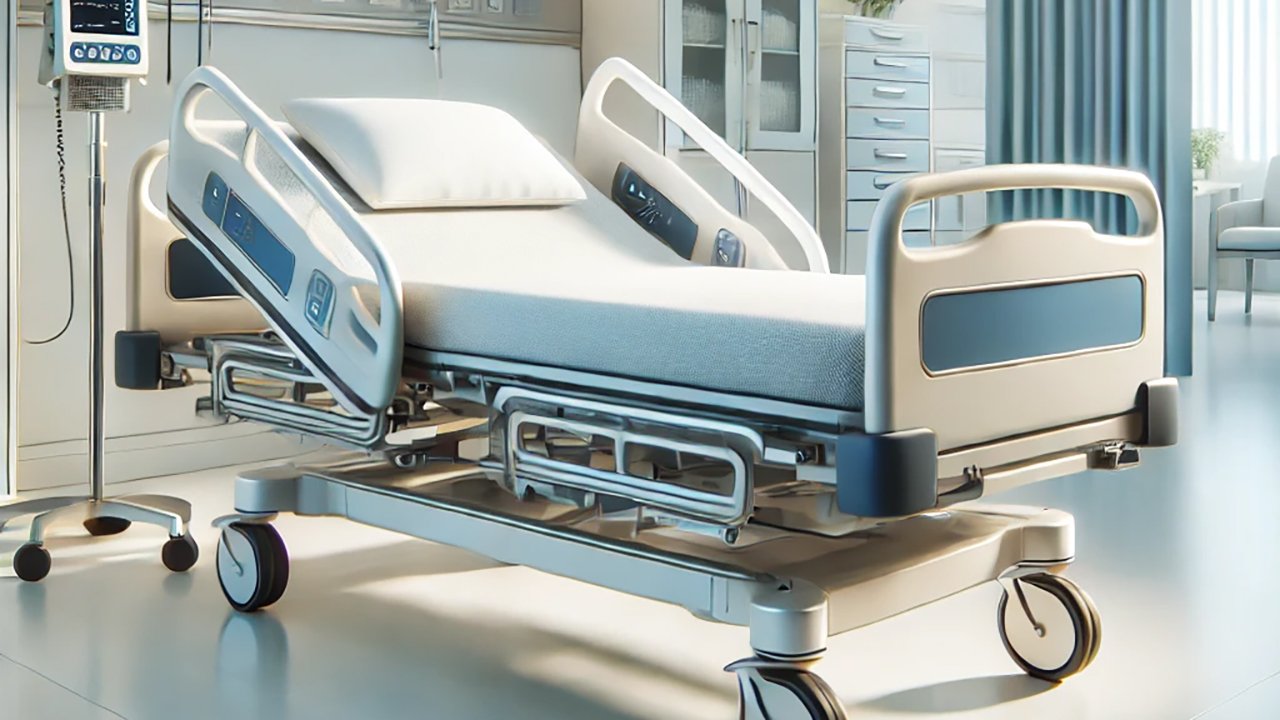Indicators on Hospital Beds For Home Use You Should Know
Indicators on Hospital Beds For Home Use You Should Know
Blog Article
Some Ideas on Hospital Beds For Home Use You Need To Know
Table of ContentsHospital Beds For Home Use Can Be Fun For AnyoneFacts About Hospital Beds For Home Use UncoveredOur Hospital Beds For Home Use IdeasThe Ultimate Guide To Hospital Beds For Home UseA Biased View of Hospital Beds For Home UseThe Ultimate Guide To Hospital Beds For Home UseThe Of Hospital Beds For Home Use
There are three main types of hospital beds: manual, semi-electric, and fully-electric. These beds utilize hand cranks to change the bed's elevation and elevate and reduce the head and the foot.
Semi-electric beds have an electrical motor to increase and lower the head and foot sections of the bed (hospital beds for home use). Full-electric beds have an electrical motor that can increase the head and foot sections of the bed as well as the entire height and positioning of the bed.
The Facts About Hospital Beds For Home Use Revealed
There are a number of types of medical facility beds, each developed to meet certain person requirements. Here are some usual kinds: This is the most usual kind of health center bed, developed for basic clinical use.
Lower to the ground than a common bed. This kind of bed is designed for larger individuals, with a larger framework and higher weight capacity than a standard bed.
This kind of bed is created for critically sick clients that require open monitoring and specialized medical devices such as ventilators and infusion pumps. This kind of bed is made for use during labor and distribution, with adjustable placements and attributes to support the mother and infant throughout the birth process.
The Main Principles Of Hospital Beds For Home Use
Numerous function and the accessories perform broadening grip to different components of the vertebra and the extremities without moving the body. These are simply a couple of examples of the kinds of health center beds offered. The details sort of bed used will depend on the individual's condition, clinical requirements, and other elements.
Right here is the point you need to understand. A one-function hospital bed is a medical bed that enables a patient to relocate just the head or foot area up or down. A 2 function medical facility bed typically refers to a kind of clinical bed that has two flexible features to assist individuals in hospitals or care centers.

Fascination About Hospital Beds For Home Use
A 7-function ICU bed is a type of medical bed that gives numerous flexible features to sustain seriously unwell individuals in a critical care unit (ICU) (hospital beds for home use). The seven features usually include: Back-rest change: The backrest can be adjusted to different angles to help the patient stay up or rest easily
Elevation modification: The bed can be increased or decreased to make it easier for people to obtain in and out of bed, and for caregivers to offer care. Trendelenburg position: The entire bed can be slanted to promote blood circulation and flow in the body. Reverse Trendelenburg position: The bed can additionally be tilted in the contrary instructions to promote blood circulation and circulation in the top body.
While more budget friendly than electrical designs, these beds require physical effort for changes. The primary advantages of manual beds are their cost and dependability, as they do not count on power. Nevertheless, the demand for hand-operated initiative can be a constraint in scenarios where quick adjustments are essential or where caregivers face physical challenges.
Hospital Beds For Home Use - Truths
They are appropriate for clients who require very little repositioning for comfort or clinical demands. Semi-electric hospital beds provide a balance of handbook and electrical controls. The head and foot sections are generally changed with electric controls, while the elevation is readjusted manually. These beds provide an ideal center ground in between manual and completely electrical choices, using convenience of usage without the full expense of important link electric designs.
Semi-electric beds are appropriate for clients who require modest modifications to the head and foot sections yet can take care of without constant elevation modifications. This makes them an affordable service for those looking for convenience and ease without the need for constant repositioning. Fully electric healthcare facility beds feature electrical controls for smooth changes to the elevation, head, and foot areas.
Specialty health center beds, such as ICU beds, lasting care beds, and bariatric beds, are very carefully developed to attend to details medical requirements. These beds provide customized look after varied patient teams, enhancing both outcomes and convenience. In the complying with sections, we will check out the main kinds of specialized healthcare facility beds, outlining their specific benefits and applications.
With years of experience in producing electrical direct actuators - hospital beds for home use and close collaboration with the health care sector, TiMOTION is well-positioned to supply trustworthy healthcare solutions. Our up and down incorporated company manages every step of the production process, from style to actuator setting up, guaranteeing we supply exceptional worth and personalized services tailored to your certain requirements
Rumored Buzz on Hospital Beds For Home Use

To discover more concerning integrating these technologies into your products, call us today. Additional analysis:.
Data is sourced from the Medicare Price Record.

The smart Trick of Hospital Beds For Home Use That Nobody is Talking About
A healthcare facility bed is a bed made especially for clinical purposes. It is not just a location for patients to relax, however also a platform for clinical procedures. Unlike common home beds, healthcare facility beds typically have adjustable features, which can help with clinical personnel to make different changes according to the demands of individuals, such as altering the elevation, disposition, and support angle of the back and legs of the bed.
Report this page